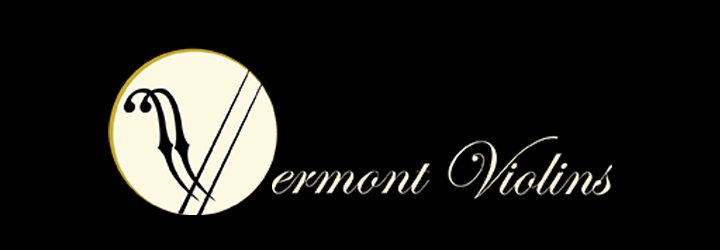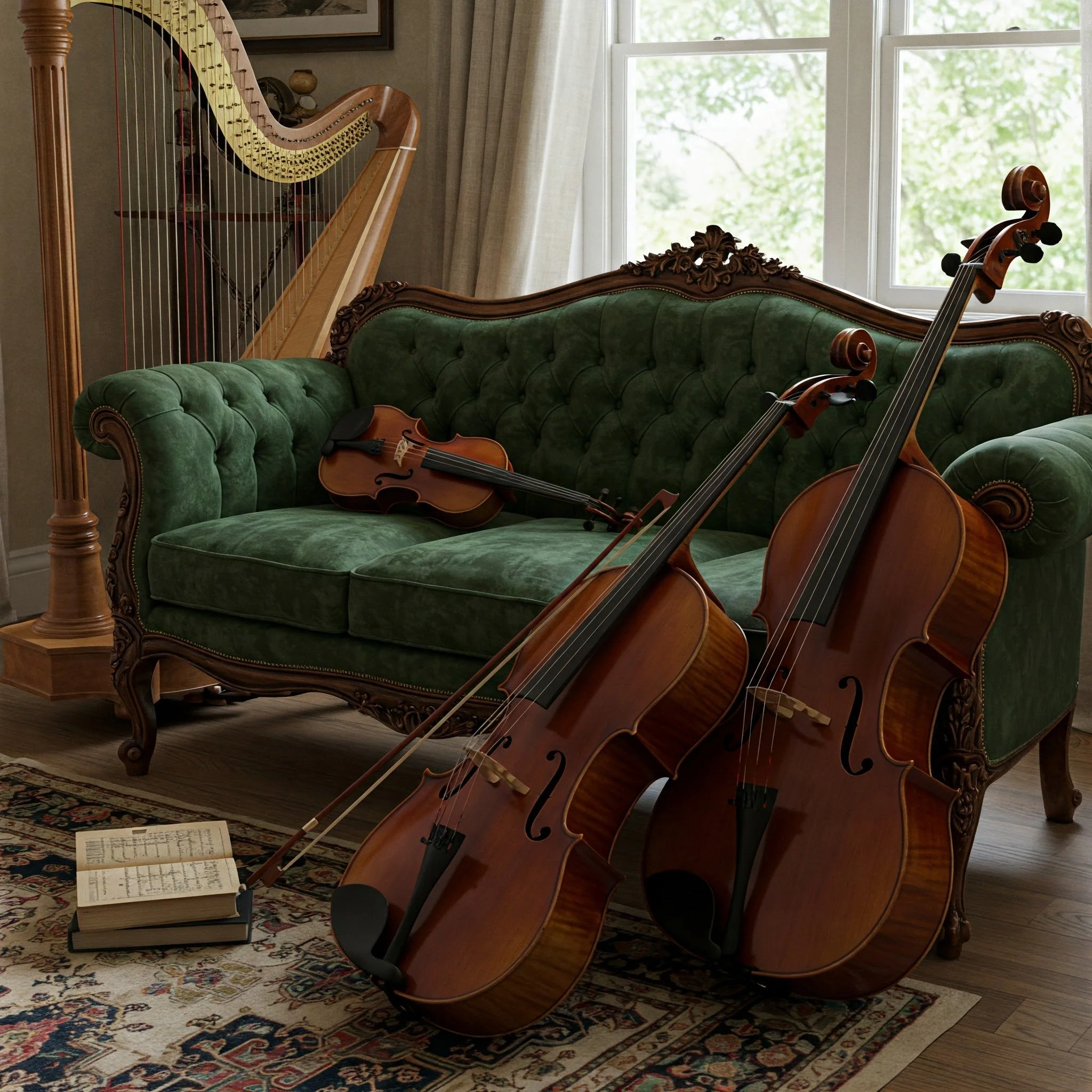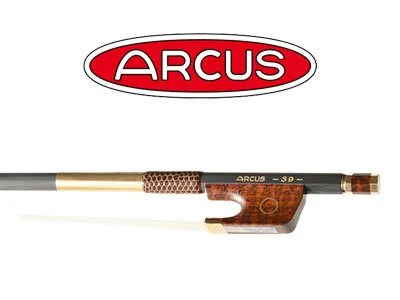Forest Stewardship Council - Just Get OnBOARD!
Choose Sustainable Wood for Your Violin: Look for the FSC Label!
Want to make eco-conscious choices in violin making? Learn why the Forest Stewardship Council (FSC) certification is the gold standard for sustainable wood sourcing. From forests to workshops, FSC ensures responsible practices. Just Get OnBOARD! Support businesses like Vermont Violins committed to a greener future. Look for the FSC label – it matters!
Read More
The Impact of Recent Tariffs on the Musical Instrument Industry
The Impact of Recent Tariffs
In the past few months, the global economy has experienced significant shifts due to changing trade policies and the imposition of additional tariffs on goods coming from China, Europe and other parts of the world.
Read More
The Essential Guide to the Cello Endpin
The Cello Endpin!
Ever wondered how cellists manage to keep their majestic instruments so steady? It's all thanks to the humble endpin! This seemingly simple rod, extending from the cello's bottom, has a fascinating history and a surprising impact on sound and comfort. From its wooden beginnings to modern carbon fiber marvels, the endpin has evolved alongside the cello itself. Let's delve into the world of endpins, exploring their history, materials, and how they can transform your playing.
Read More
Vermont Violins Wins Prestigious SBA Exporter Of The Year Award, Championing Sustainable Violin-Making with GaiaTone
Vermont Violins Wins Prestigious SBA Exporter Of The Year
Vermont Violins has been awarded the Small Business Exporter of the Year by the SBA Vermont District Office, recognizing their global expansion and commitment to sustainability. This achievement is largely attributed to their innovative GaiaTone material, a revolutionary alternative to traditional ebony, crafted from 100% post-consumer recycled paper.
Read More
Creating a Musical Home: Tips for Supporting Your Child’s Musical Journey
Building a Home Environment That Nurtures Musical Growth
Your child has a new instrument and is eager to learn. You are not a musician and perhaps have only a limited understanding of the journey s/he is about to begin. How do you create a home environment that really encourages the music, the playing, experimentation.
Read More
The Secret to Affordable Violin Rentals: Value, Not Price
The Value of Quality: Why Rental Matters
Parents often express concern about the cost of learning the violin. Lessons, instruments, orchestral fees, and audition fees can quickly add up. But is it truly expensive?
Read More
Modern Bow Materials
Why Carbon-Fiber?
“Why should I choose a carbon-fiber bow?”
“Isn’t a wood bow the standard, especially for a wooden instrument?”
Whereas wooden bows have been used on strings instruments as early as the Islamic civilization in the 10th century, carbon-fiber bows only began to appear a few decades after high-tensile strength carbon-fiber was invented. CodaBow founder Stan Prosen had developed some of the earliest carbon-fiber parts with inventor Dr. Roger Bacon and had found in his early research a profound resonance in the new material. After years of testing and creating prototypes, early CodaBow bows had entered the market, and other music companies had begun developing their own versions to compete. Today, dozens of companies produce carbon-fiber bows in a large range of styles, price ranges, and instruments. With so many options on the market…
Read More
Clip-On Tuners: Your Key to a More Melodious Practice
Discover the convenience and precision of clip-on tuners at Vermont Violins, where we've honed our craft for generations. From enhancing your practice sessions with accurate tuning to aiding in developing your musical ear, our range of quality clip-on tuners ensures your instrument sings its truest notes in any setting.
Read More
Why the Price Tag: Decoding the Cost of Bridges in Violin Making
Bridges in violin making are not just pieces of wood; they are meticulously carved to exact dimensions, with varying levels of quality affecting their resonance and tone transmission. Each bridge is a testament to the artistry and precision of luthiers, reflecting hours of craftsmanship to ensure every violin sings in its finest voice.
Read More
Vermont Violins: A 30-Year Journey in Lutherie, Music, and Evolution
Join Vermont Violins on a 30-year musical journey! From humble beginnings in 1994 to navigating global changes, we celebrate diversity, craftsmanship, and sustainability. Explore our evolving story!
Read More
Knowing Your Bow….Understanding Wood Registry Systems
With the new limitations on Pernambuco import/export, bow owners must take extra precautions to ensure that their bow is both legally and ethically made. Pernambuco, an endangered wood species, is the most frequently used wood in bow making . The high prices this wood earns for this niche manufacturing and artisanal craft is largely responsible for the woods current significant decline in its natural habitat, Brazil. -It’s a little more complicated, yes, it is hard to plant elsewhere, but the Brazilian government does not allow the export of Pernambuco seeds/saplings either.
Read More
Arcus Bows - Overview
You’ve heard great things about them….but you can’t figure out which one is for you!
We can help!
Read More
What’s All This About “RENTAL EQUITY?”
One of the hallmarks of the Vermont Violins Rental Program, is the equity accrual terms. With our rentals, you are not only renting a fine instrument, but actually building an equity pool for yourself with which to purchase one when you are ready to move past rental into ownership.
Read More
What Happens Between Rentals (or Why we Charge a Switch Fee)?
Vermont Violins is tremendously proud to rent instruments that are beautiful both visually and tonally. Having an instrument that looks good and sounds good will help motivate us to play and will foster better care of our instruments.
Read More
A Call For Help - A Mariupol Luthier
‘My home and my violin shop are completely destroyed’: a call for help from a Mariupol luthier
A Ukrainian violin maker whose livelihood has been devastated by the ongoing Russian invasion is calling for help.
Read More
Are you choosing the right Summer Camp for your child?
This is an unabashed plug for a string-oriented music camp if your child plays a bowed, string instrument. Here is why:
1) Maintaining fine motor skills.
2) Expanding the student’s peer group
3) Having fun with music
Read More
What makes a rental program valuable and effective?
You’ve decided to play the violin or your child has announced his or her intention to play the cello and you are faced with the perplexing situation of trying to find one to rent. A quick search of the internet and you’ve discovered that there are plenty of shops around that offer rental programs for these instruments. Your challenge is to figure out which program makes the most sense for you! Which program will optimize your experience!
Read More
Impact Of Glue
All About Glue
Most people don’t spend a lot of time thinking about glue. However, luthiers think about glue a lot, and it’s a much more interesting topic than you would think! The type of glue one uses on a violin can impact its longevity and our ability to repair the instrument, which means it’s important for us to make sure we’re using the best glue possible. But which glue is the best kind of glue for violin making?
Read More
The Origin Of V. Richelieu
How did V. Richelieu get its name?
One of the most common questions we get asked about our Made in Vermont violins is; “who is V. Richelieu?” (“How do you spell that?” takes a close second).
Read More




















